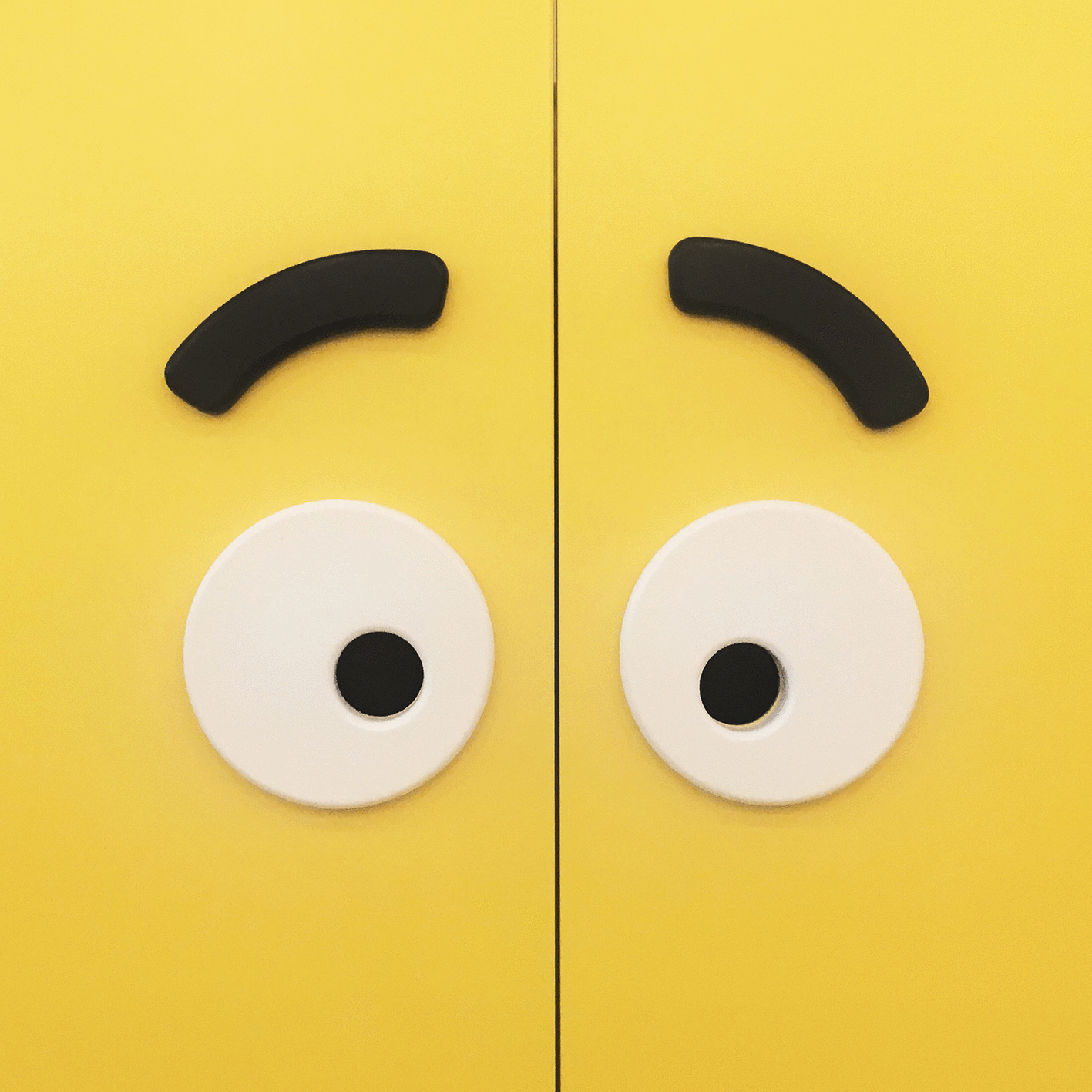Children's hospital wards "Umki"
A set of furniture for children's hospital wards of the medical center UMMC "Zdorovye" in Yekaterinburg city
Leaders: Kirill and Elena Cheburashkin
Working group: Eugene Cheburashkin, Ekaterina Kalugina, Christina Narenkovа
Yekaterinburg 2018
In this project we've faced several equally important tasks:
- The possibility of rapid psychological adaptation of a small patient in a new unfamiliar space
- Creating a comfortable and convenient space for relatives and parents of a small patient
- Creating a functional environment for medical personnel
To solve these problems, we conducted comprehensive design research, built a life-size model of the ward, where we tested all promising ideas in dimensional layouts made of cardboard and MDF with the involvement of real medical professionals, children, and their parents.



The comfortable environment
of a hospital ward has no less therapeutic effect than modern medical equipment. And staying in a hospital can become a fascinating adventure into the world of modern technologies and innovations, not a test for a child
The subject-spatial environment of the children's hospital ward is designed to calm and relax the little patient as much as possible, creating a sense of personal space and security.
Therefore, the interior of a hospital ward should look more like a hotel room than a stereotypical medical facility.


All inpatient medical equipment
(sockets with uninterruptible power supply units, holders with medical gases, a folding screen for separating patients during medical manipulations, etc.) are hidden behind protective panels or camouflaged in the interior.

The bedside frame is equipped with a block of switches and sockets for charging gadgets, a medical railing for hanging equipment, an emergency alarm, individual lighting and a tablet for controlling elements of the interactive environment

Masked all medical equipment, while maintaining free access to it by medical personnel, is a difficult, but solvable task.



A journey to recovery
A railing with a movable element is installed on a magnetic-marker board above the workplace, which allows a young patient to visually track the course of time and the main stages of the sequential movement to recovery.


On the first day of the child's stay in the hospital, the attending doctor presents the adopted treatment plan to the young patient in an accessible form, noting the main points of upcoming research and medical procedures on the board. Daily movement of the mobile element, with the doctor's comments, will form the child's inner understanding of the essence of the treatment process. Such an elementary device will give a small patient and his family a sense of controllability of the treatment process.
Imaginative conception
When designing furniture and equipment, we used imaginative associations with the fantastic cabin of a research spacecraft or submarine, where, due to possible injuries during "pitching", all sharp corners are removed, and the furniture, as it were, floats above the floor. Wardrobes, desk and bedside frame are suspended and attached to the walls, which perfectly meets the operational and sanitary requirements for the equipment of children's wards.


Interactive door handles "Eyes"
Wardrobes for storing personal belongings of patients look like friendly characters, that can express emotions using the movement of "eyes" and "eyebrows" - serving as handles of doors.
Small patients can contact their "assistant", play and independently set them certain emotions by turning their eyebrows and eyes.
Before implementing this solution, we tested the prototype on children of different age groups - and it was a phenomenal success, causing a smile from everyone without exception.

Single room
Most of the single wards are located in the infectious diseases unit of the hospital. All single wards have an extra bed for parents because children under 6 years must stay in the hospital with one of their parents. Therefore, despite the name, the ward implies a comfortable stay of two people: all the necessary functions for the convenience of the second user are duplicated on the bedside frame: a nightstand for storing personal belongings, a lamp and a block of sockets.
The success of the psychological and social rehabilitation of a child depends largely on the mood of relatives, that's why special attention was paid to a comfortable long stay of parents in the ward.



Couch with the function of a bed
Initially, the task was to design an armchair-bed for single children's wards, but at the design research and experiments step, it was found that during the day, young patients are often visited by two relatives at once (mom and dad, or mom and grandma, etc.) Plus, it is not always convenient to sit on the patient's bed, and the child urgently needs tactile contact with parents.




